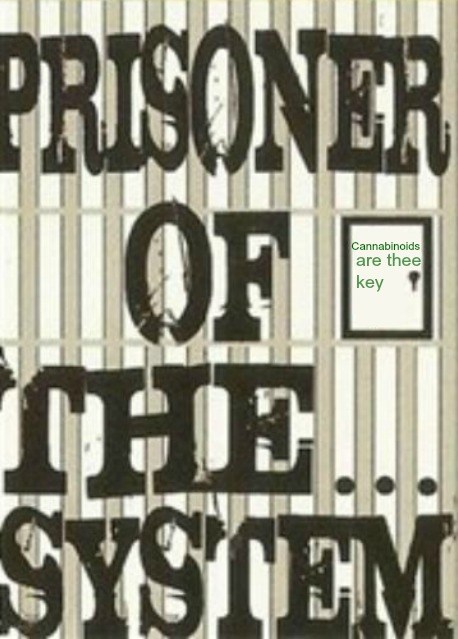Entopeduncular nucleus endocannabinoid system modulates sleep-waking cycle and mood in rats.
Source
Grupo de Neurociencias, Laboratorio de Canabinoides, Depto. de Fisiología, Facultad de Medicina, Universidad Nacional Autónoma de México, Apdo. Postal 70-250, México, D. F. 04510 México. Electronic address: mendezm@unam.mx.
Abstract
Since the pioneering work of Gadea-Ciria (Gadea-Ciria M, Stadler H, Lloyd KG, Bartholini G. Acetylcholine release within the cat striatum during the sleep-wakefulness cycle. Nature 1973; 243:518-519) indicating pointing to the involvement of acetylcholine and basal ganglia in sleep regulation; extensive literature has suggested that this brain complex participates in the control of the sleep-waking cycle (SWC). On the other hand, it has been demonstrated that the endocannabinoid system (eCBs) is prominently involved in regulation of the SWC, mood and its related disorders. Since cannabinoid receptor 1 (CB1R) is highly expressed in basal ganglia, in particular in the entopeduncular nucleus (EP), we believe it is important to know what the role of the EP CB1R is on SWC, depression, and anxiety. To provide insight into the role of the EP CB1R in the regulation of wakefulness (W), non-rapid eye movement sleep (NREMs) and rapid eye movement sleep (REMs), rats were recorded for twenty-four hours immediately after a single intra-EP administration of N-arachidonoylethanolamine (AEA) or 1-(2,4-dichlorophenyl)-5-(4-iodophenyl)-4-methyl-N-(1-piperidyl)pyrazole-3-carboxamide (AM251; CB1 inverse agonist). Likewise, the effect of these drugs on anxiety and depression was tested by means of the elevated plus maze (EPM) and forced swim test (FST), respectively. Results demonstrate that AEA increases NREMs expression, while AM251 increases W and decreases both NREMs and REMs. In addition, administration of AM251 decreases the time rats spent in the open arms and increases immobility time in the FST. It seems that activation of the CB1R in the EP is important to induce sleep, while its blockade promotes W, as well as anxiety and depression, somewhat resembling insomnia in humans. These results suggest that the EP CB1R is modulating sleep and mood.
Copyright © 2013. Published by Elsevier Inc.


